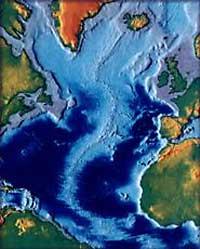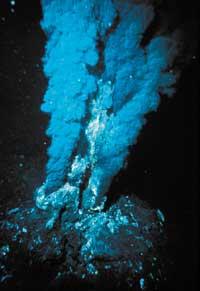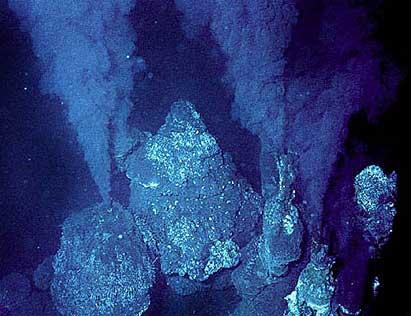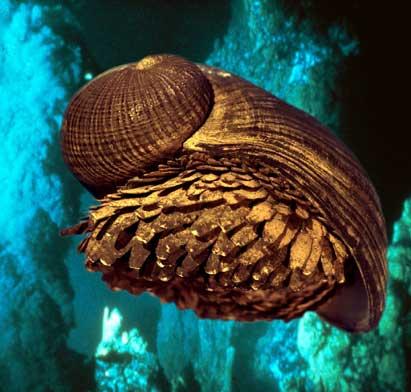New kingdom in marine background chimneys
2003/01/07 Galarraga Aiestaran, Ana - Elhuyar Zientzia
In fact, these unicellular microorganisms have now awakened the attention of researchers. Although protists were considered of the kingdom, recent studies point to the possibility of creating a new kingdom to classify some of these microorganisms.

The researchers have collected the sediment core around a fireplace in the central dorsal of the Atlantic through a remote guided vehicle. The sample's DNA is then extracted and the point encoding the 18S RNA ribosomal is analyzed. In fact, this space of DNA is used to deduce the evolution of living beings, due to their scarce changes and their frequency.
With the data obtained from the analysis of DNA, a phylogenetic tree has been elaborated, in which it has been confirmed that at least two of the microorganisms present in the sediment are genetically different from the two protists. They are so different that they deserve to be a kingdom of their own. At least this is believed by these researchers, who have proposed to create a new kingdom to gather them in the web Proceedings of the National Academy of Sciences. Therefore, it is possible to add a new kingdom to the main ones. Monera, Protista, Fungi, Animalien eta Plantae are so far the kingdoms.

Gai honi buruzko eduki gehiago
Elhuyarrek garatutako teknologia






